Understanding the Different Types of Headstones and Markers
Understanding
the Different Types of Headstones and Markers
Headstones
and markers are much more than grave identifiers; they are lasting memorials to
loved ones that symbolize remembrance, culture, and legacy. Understanding the
various types available ensures you can select the perfect one to honor your
loved one’s memory. This guide delves into the most popular types, their
history, uses, and unique features.
1. Flat Markers
Flat
markers, also known as flush markers, are subtle and practical. They lie flat
with the ground, offering a minimalist design that blends with the cemetery’s
landscaping.
· Material: Granite and bronze
are commonly used due to their durability.
· Design: Simple rectangular
slabs with inscriptions engraved directly on the surface.
· Placement: Positioned level
with the ground, making them easy to maintain.
· Best For: Those seeking a
cost-effective and understated memorial.
Did You Know? Flat markers
gained popularity in the 20th century as many modern cemeteries aimed to create
a uniform and park-like appearance.
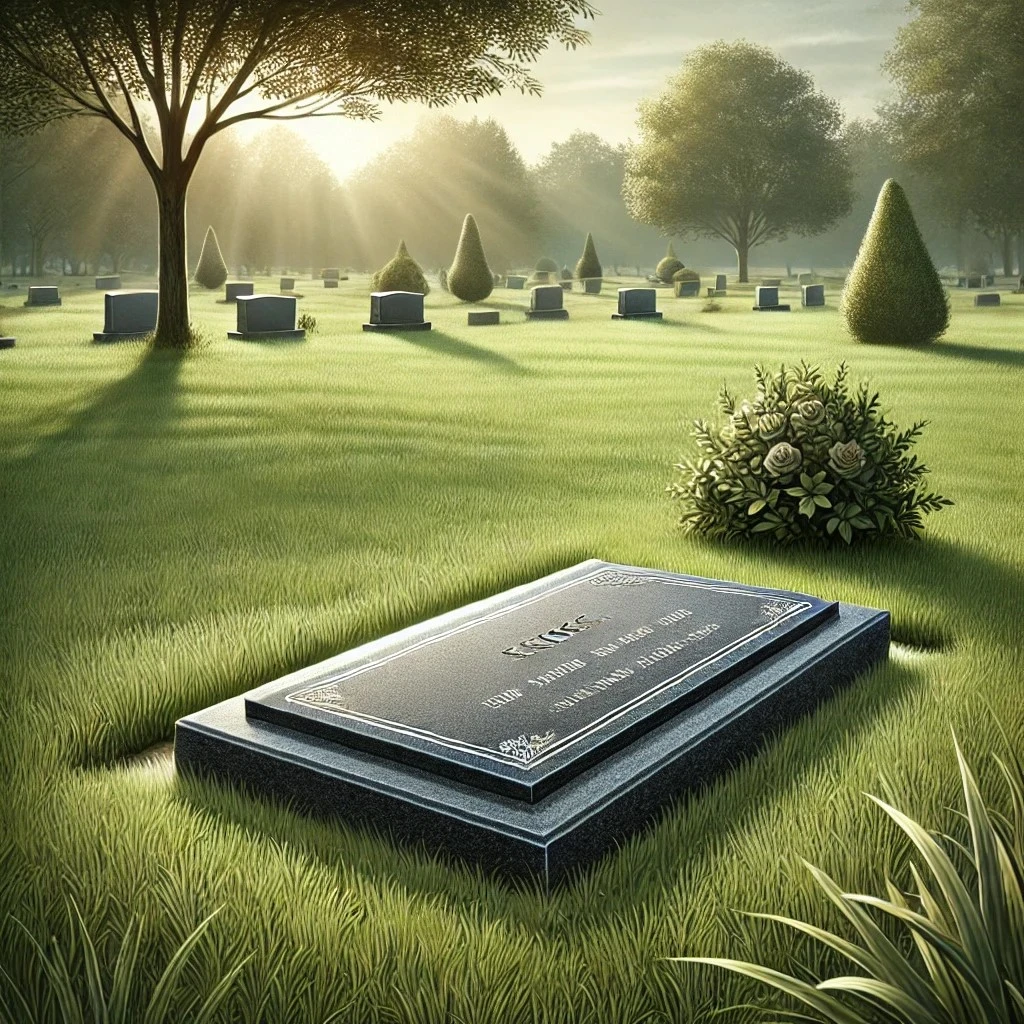
2.
Slant Markers
Slant
markers provide a balance between visibility and modesty. Their angled surface
allows inscriptions to be easily read while maintaining a smaller footprint
than upright headstones.
· Material: Granite and marble
are most common.
· Design: The face is
slanted at about 45 degrees, making inscriptions highly legible.
· Placement: Can sit directly
on the ground or on a base for added prominence.
· Best For: Those who want a
readable marker that doesn’t dominate the grave site.
Pro Tip: Consider a base for
slant markers to protect them from ground-level damage over time.
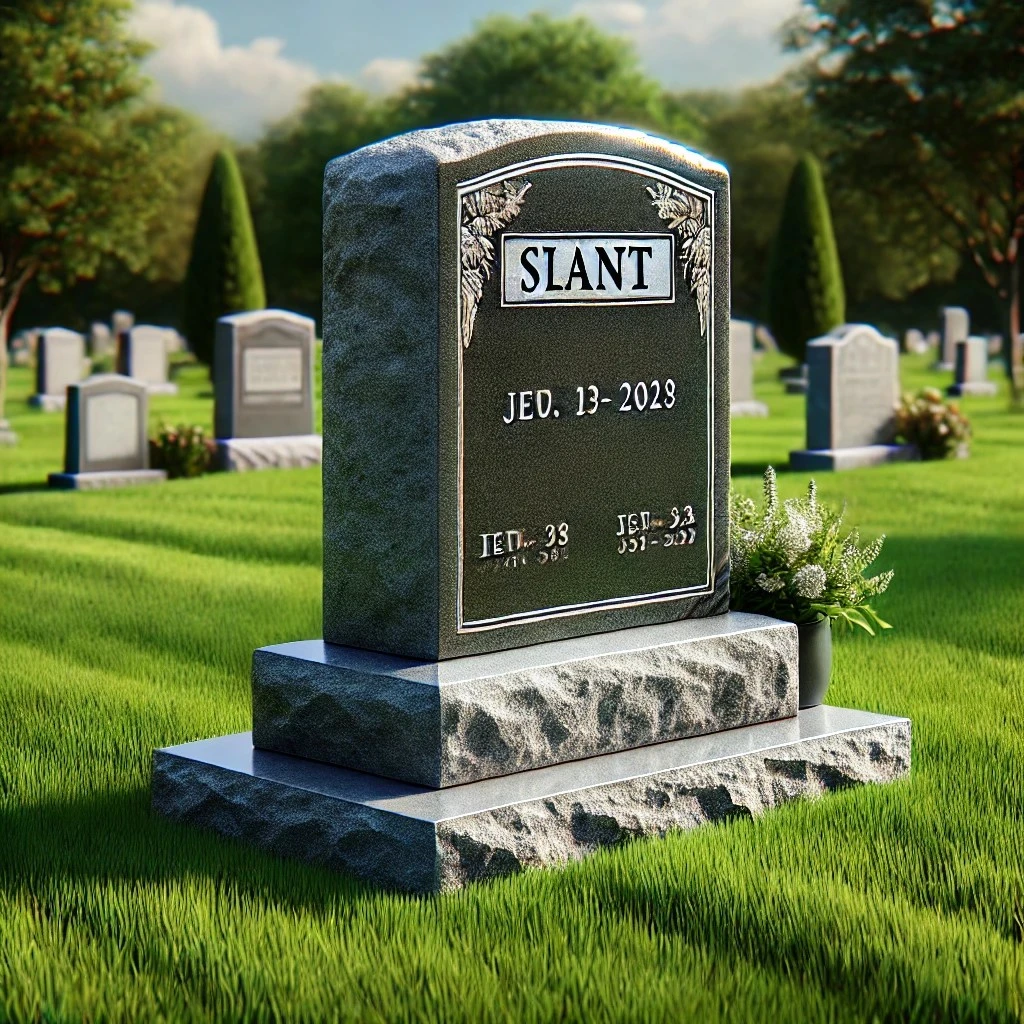
3.
Upright Headstones
Upright
headstones are traditional and iconic, standing vertically above the grave.
Their design provides ample space for personalization and is easily visible
from a distance.
· Material: Typically crafted
from granite, marble, or limestone for durability and aesthetics.
· Design: Rectangular or
custom-shaped, with options for intricate carvings, portraits, and
inscriptions.
· Placement: Secured to a
rectangular base for stability.
· Best For: Families seeking a
classic, prominent memorial that can accommodate detailed customization.
Historical Insight: Upright headstones date back to ancient civilizations, symbolizing a lasting tribute to the deceased.
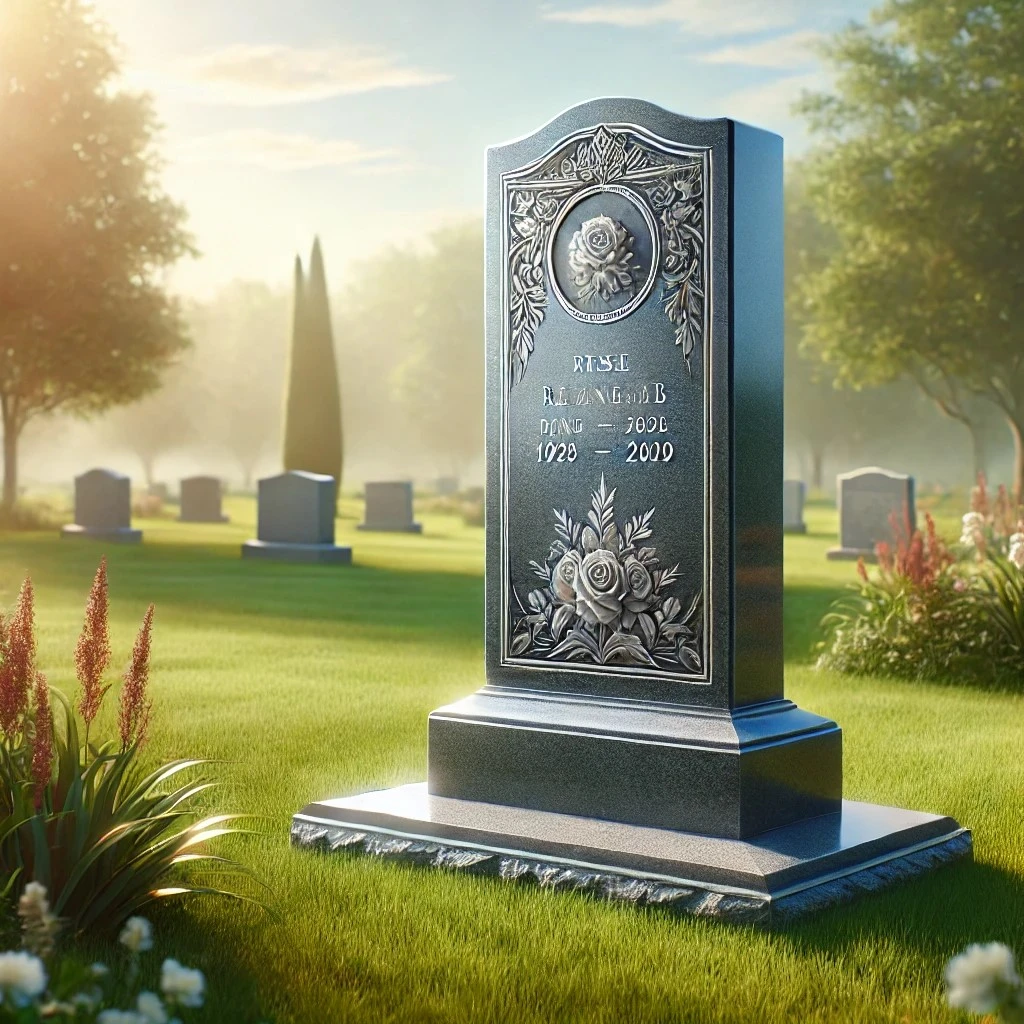
4.
Kerbed Headstones
Kerbed
headstones are full-length memorials that cover the entire grave. They provide
a larger canvas for personalization and decoration.
· Material: Predominantly
granite or marble.
· Design: A horizontal slab
spanning the length of the grave, often paired with an upright headstone.
· Placement: May include
decorative gravel, flowers, or inscriptions along the kerbs.
· Best For: Families who want
an elaborate and complete memorial design.
Did You Know? In Victorian-era
cemeteries, kerbed headstones were popular among families who wanted to
demarcate and protect burial plots.
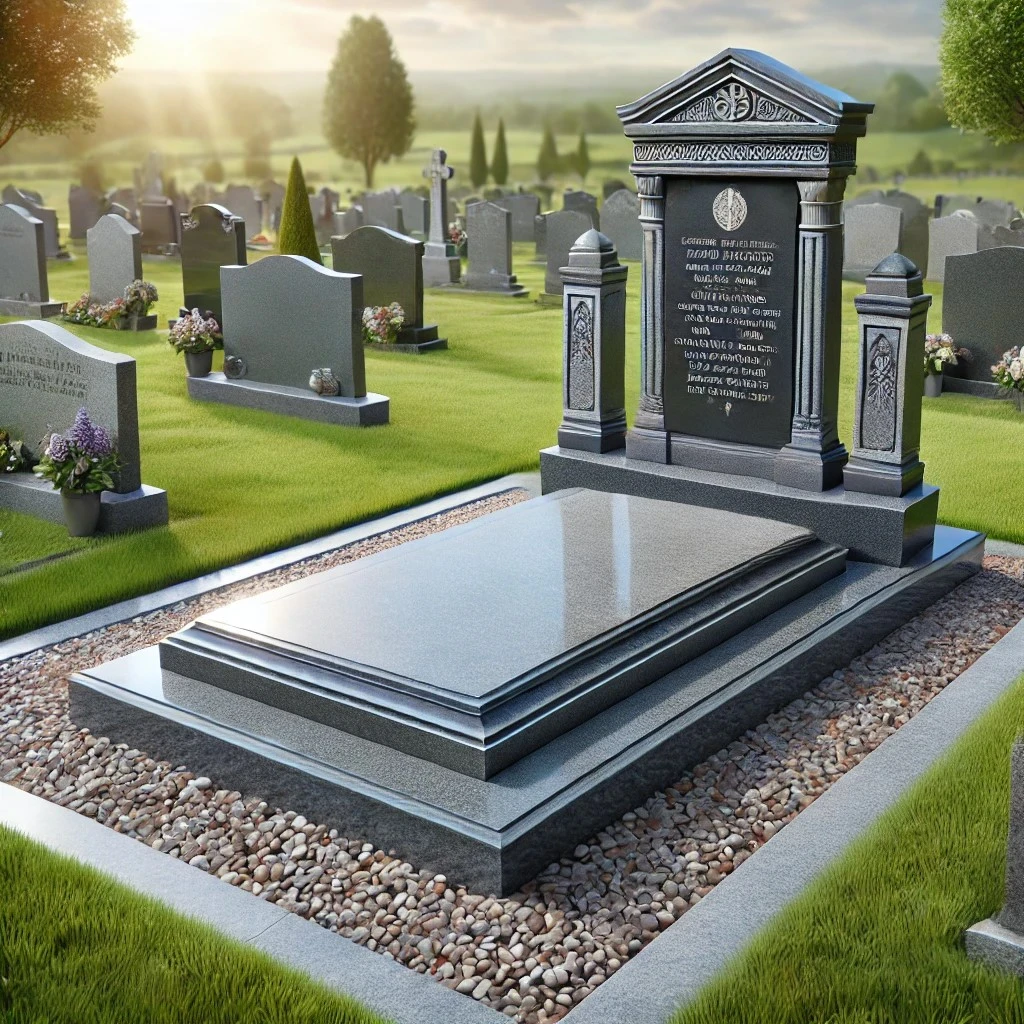
5.
Bevel Markers
Bevel
markers, also called pillow markers, are similar to flat markers but have a
slightly raised and sloping surface.
· Material: Usually granite,
known for its resistance to weathering.
· Design: Elevated at the
back for better visibility, making inscriptions easier to read.
· Placement: Positioned
slightly above ground level.
· Best For: Those looking for
an elegant yet modest marker that stands out more than flat markers.
Pro Tip: Bevel markers are a
great choice for smaller cemeteries or family plots with limited space.

6.
Custom Sculpted Monuments
Custom
sculpted monuments offer unparalleled personalization, transforming a headstone
into a unique piece of art.
· Material: Granite and marble
are favored for their versatility in carving.
· Design: Completely custom,
featuring shapes like angels, religious figures, or abstract designs.
· Placement: Can be paired with
kerbs or bases for added support and visual impact.
· Best For: Families who want
a one-of-a-kind tribute that reflects the personality or interests of the
deceased.
Did You Know? Skilled artisans
can carve highly detailed sculptures, such as angelic figures, from a single
granite block.
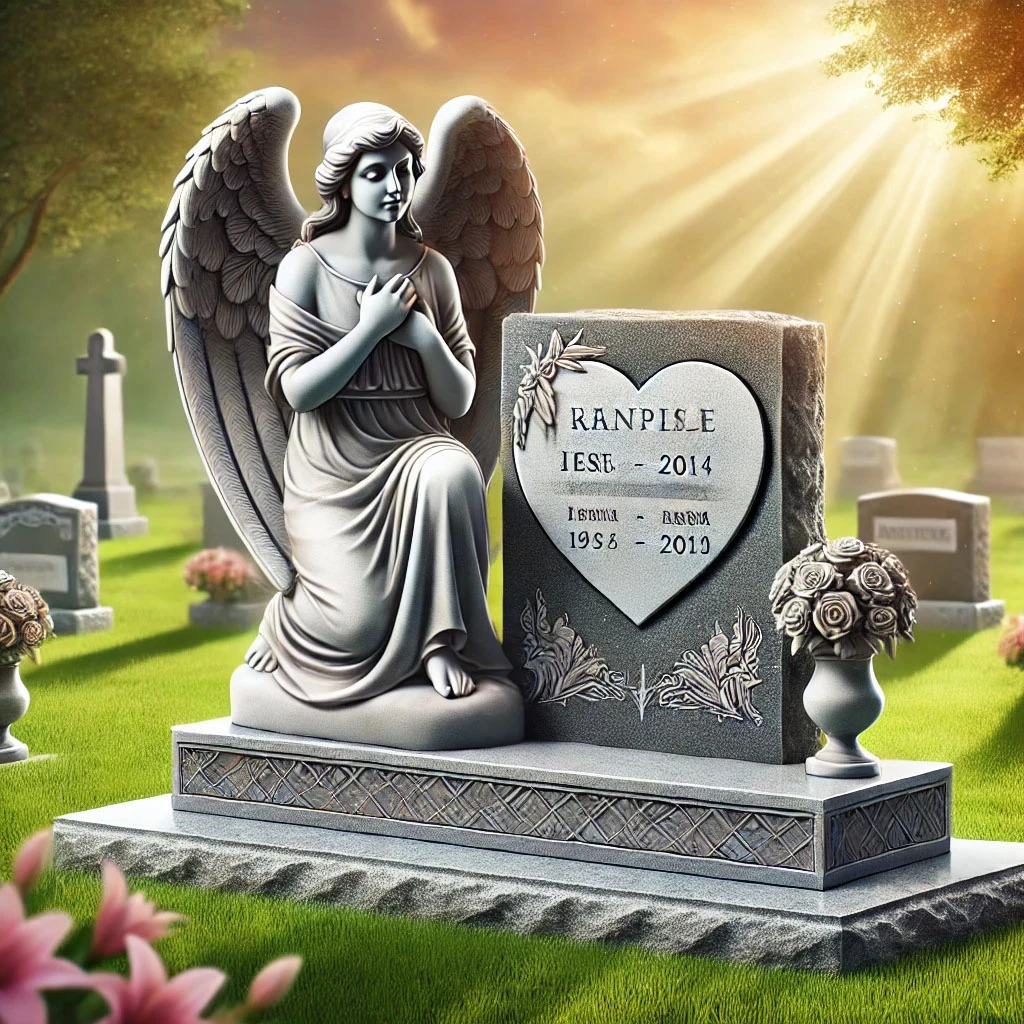
7.
Cross Headstones
Cross
headstones are a traditional option, particularly for Christian families,
symbolizing faith and devotion.
· Material: Commonly granite,
marble, or limestone.
· Design: Either as a
freestanding cross or with a cross motif incorporated into the headstone.
· Placement: Usually mounted on
a base for stability.
· Best For: Religious families
or those seeking a spiritually significant design.
Historical Insight: The use of
crosses as grave markers dates back to the medieval period, symbolizing
salvation and eternal life.

8.
Book-Style Headstones
Book-style
headstones resemble an open book, symbolizing knowledge, scripture, or the
story of a life well-lived.
· Material: Granite and marble
are ideal for achieving fine details in this design.
· Design: Shaped like an
open double-page book, with inscriptions on one or both pages.
· Placement: Often mounted on a
base for added prominence.
· Best For: Families wishing
to include meaningful text or scripture.
Pro Tip: Add personalized text
such as poetry, family sayings, or religious verses to make the design even
more special.
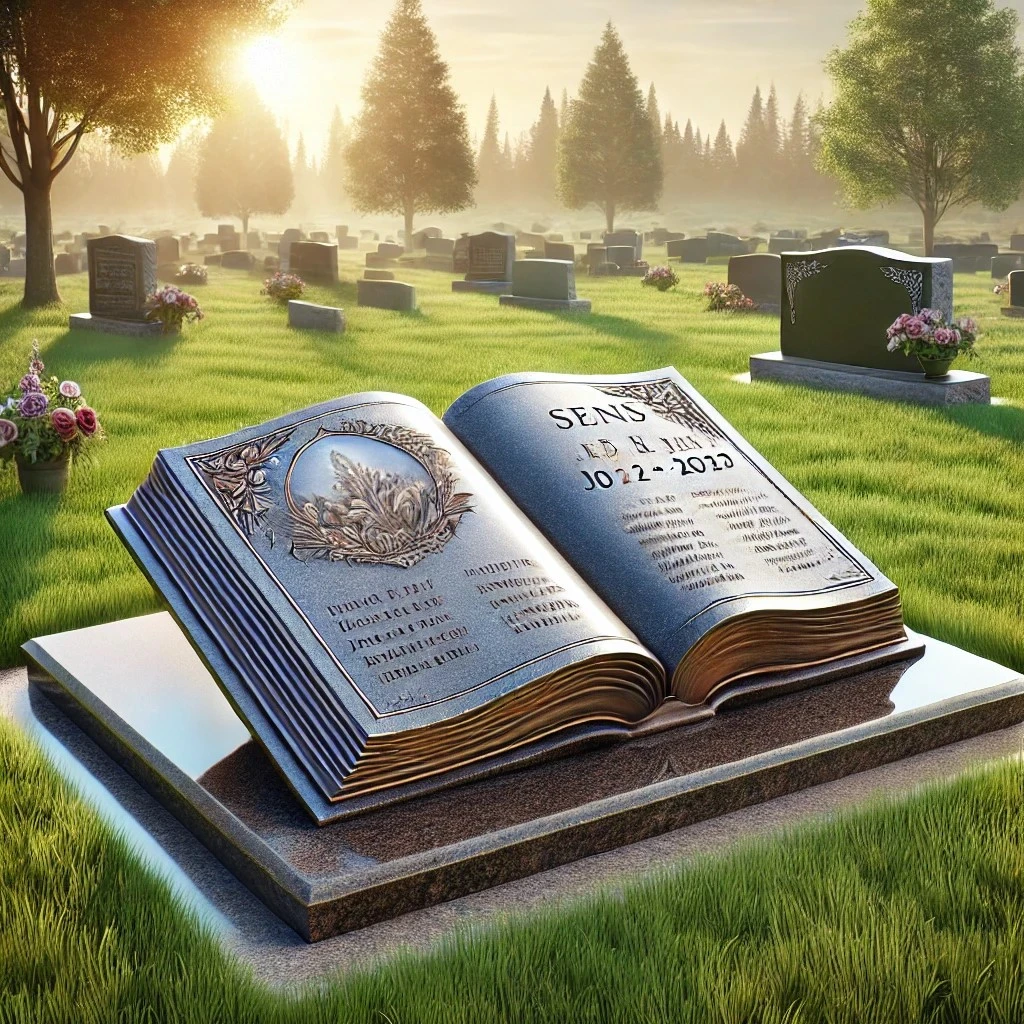
9.
Obelisk Headstones
Obelisk
headstones are tall and slender, exuding a sense of grandeur and permanence.
· Material: Often made from
granite, marble, or limestone.
· Design: A tapering column
with a pointed or flat top, mounted on a sturdy base.
· Placement: Ideal for larger
plots or as a centerpiece in family burial areas.
· Best For: Families seeking a
majestic and historically inspired tribute.
Historical Insight: Inspired by
ancient Egyptian architecture, obelisks were often used to honor important
figures and convey strength.
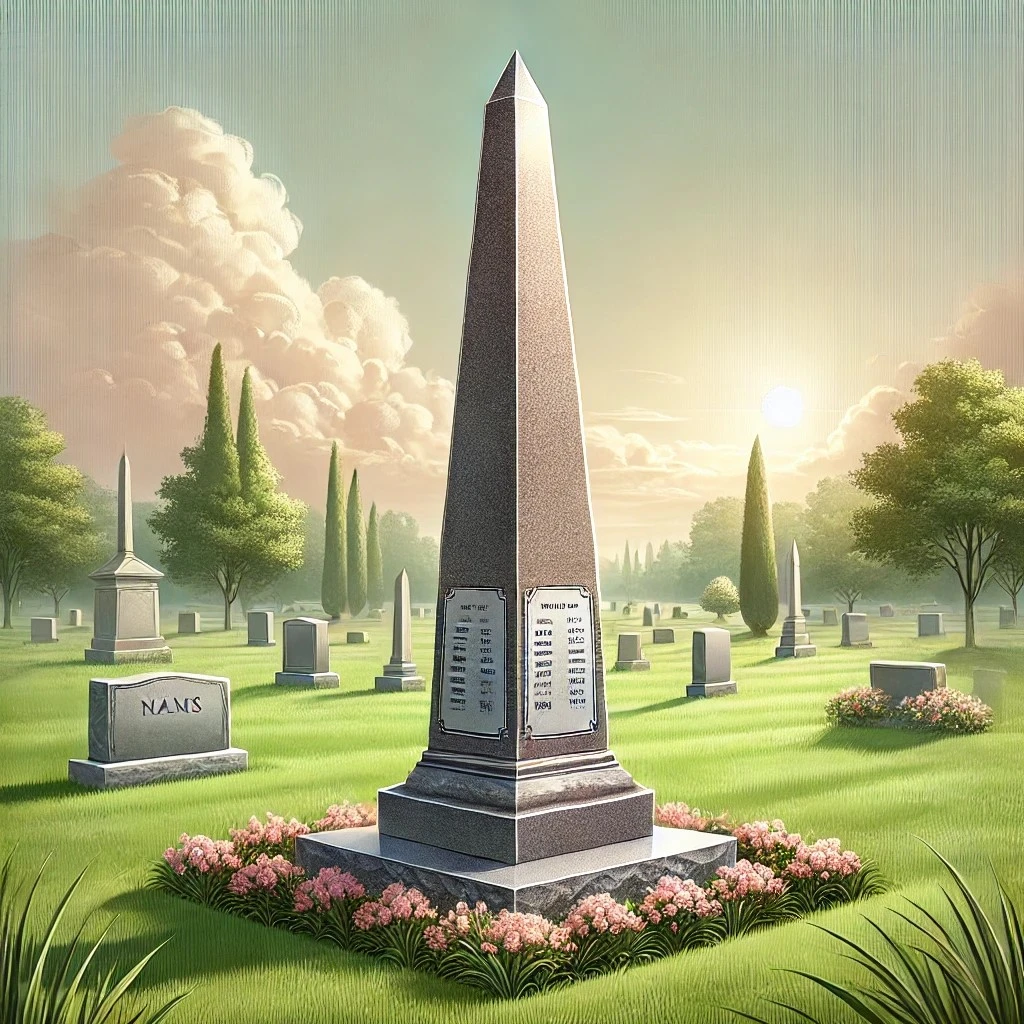
10.
Heart-Shaped Headstones
Heart-shaped
headstones are a beautiful way to symbolize love and remembrance.
· Material: Granite or marble,
as they can be intricately carved.
· Design: A heart-shaped
silhouette, often complemented by floral engravings or angelic motifs.
· Placement: Typically mounted
on a base for stability and aesthetic appeal.
· Best For: Couples or
families wanting to express love and devotion.

11.
Columbariums
A
columbarium is a structure designed to hold cremated remains in individual
niches.
· Material: Typically made
from granite, marble, or concrete.
· Design: Rows of small
compartments, each with a sealed cover featuring engraved names and dates.
· Placement: Found in
cemeteries or indoor memorial gardens.
· Best For: Families choosing
cremation who want a dedicated place to visit and remember.
Did You Know? Columbariums date
back to ancient Rome, where they were used for communal burial spaces.
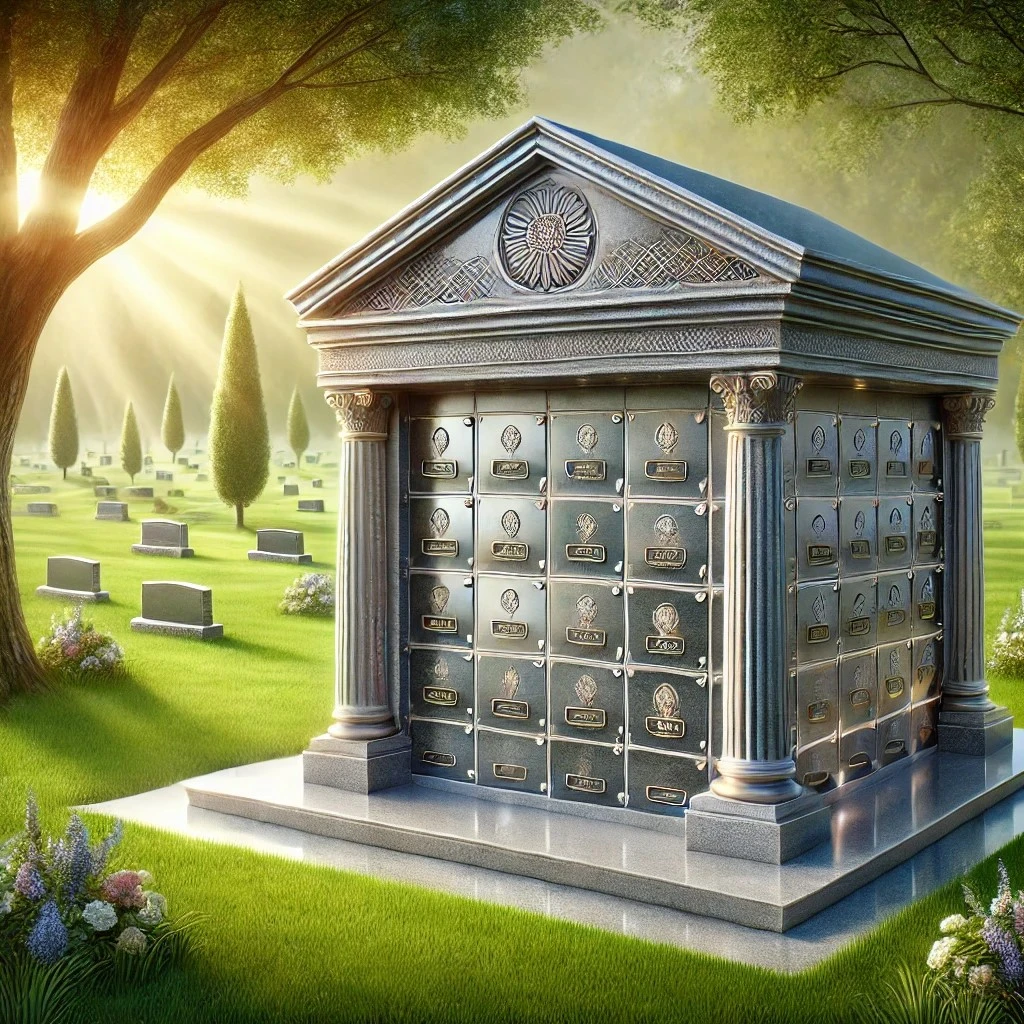
12.
Memorial Benches
Memorial
benches serve as both a tribute and a functional piece for visitors to sit and
reflect.
· Material: Granite or marble,
often engraved with text or images.
· Design: Bench-style
seating with inscriptions on the backrest or seat.
· Placement: Positioned in
cemeteries, parks, or gardens.
· Best For: Families looking
for a practical yet meaningful tribute.
Pro Tip: Consider adding a small
plaque or engraved photo for added personalization.
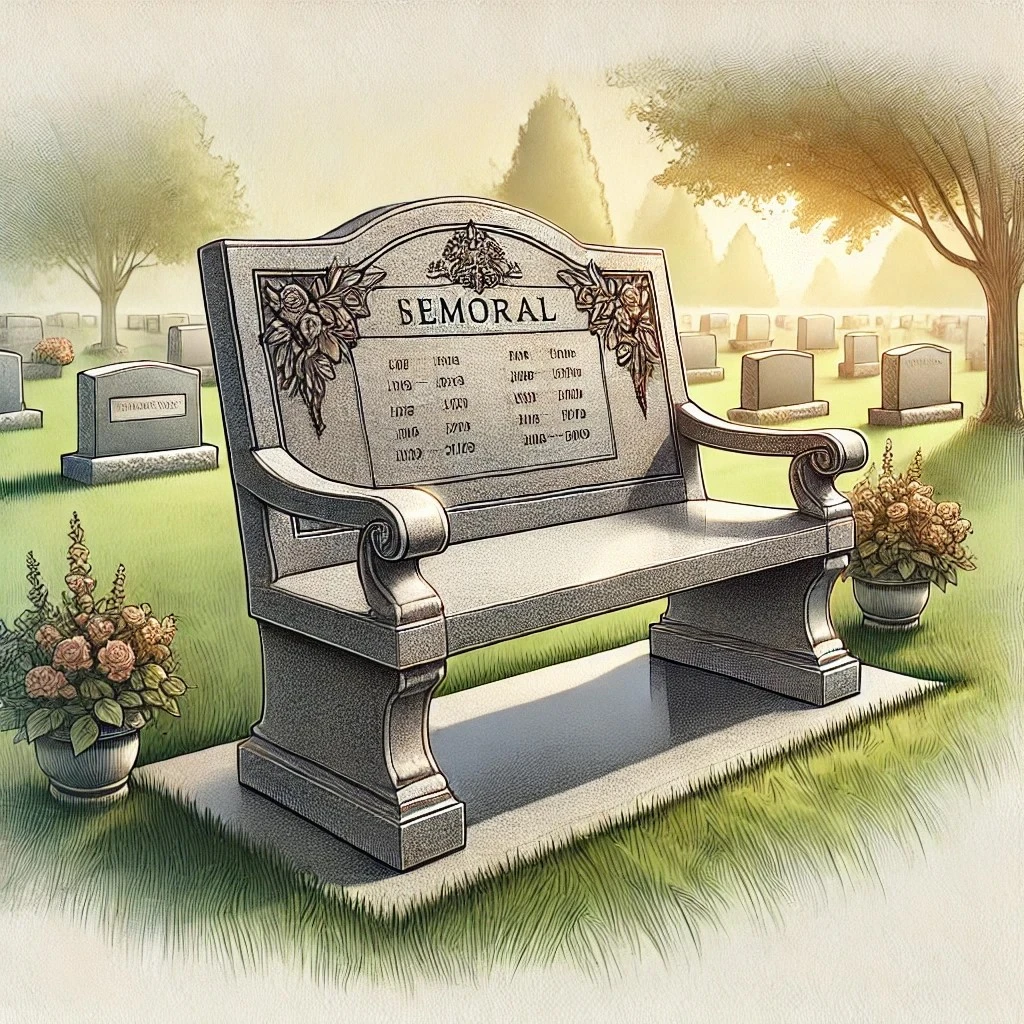
13.
Urns
Urns
are vessels designed to hold cremated remains, often kept at home or placed in
a columbarium niche.
· Material: Ceramic, metal,
wood, or granite.
· Design: Wide variety, from
simple and traditional to highly ornate.
· Placement: Kept at home,
buried, or stored in a columbarium.
· Best For: Families who
choose cremation and want a customizable option.
Did You Know? Urns can also be
biodegradable, offering eco-friendly options for scattering ashes.
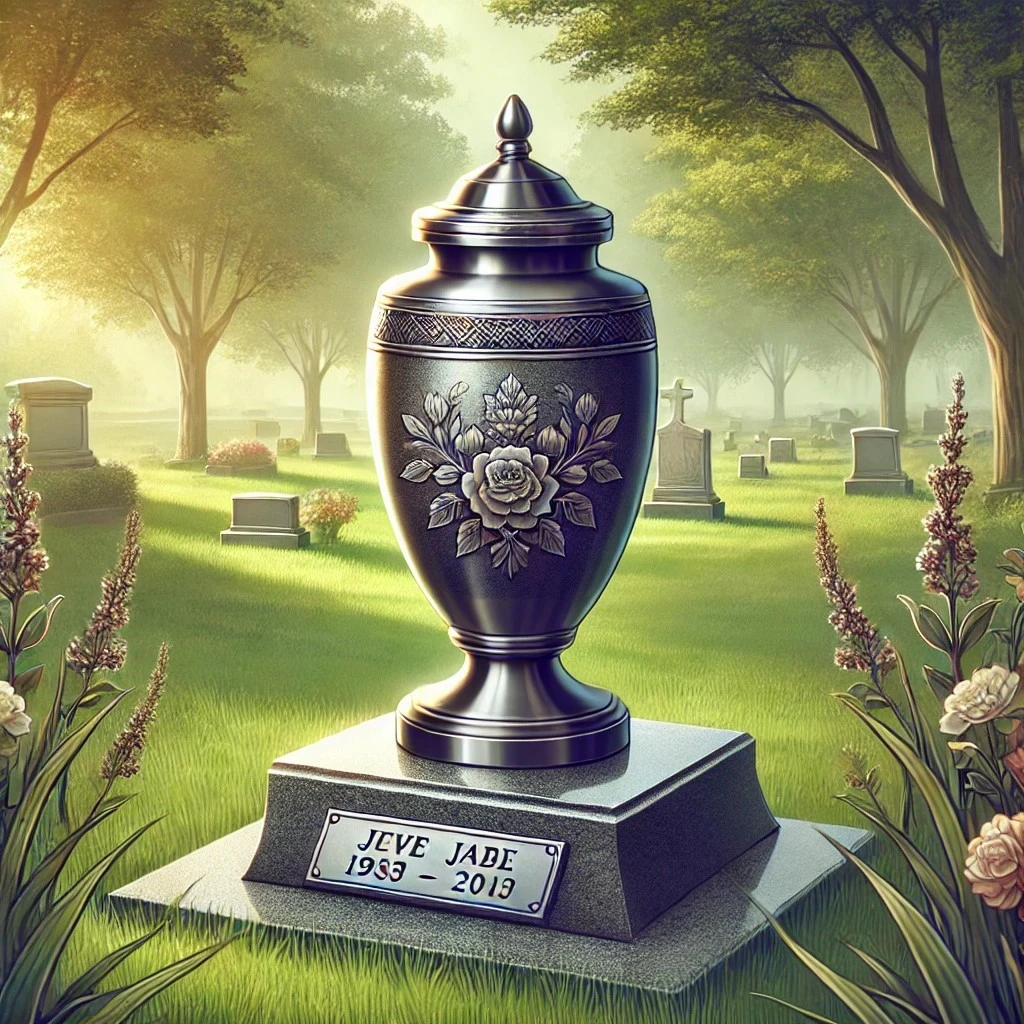
__________________________________________________________________________
Choosing
the Right Headstone
When
deciding on a headstone, consider:
1.
Cemetery Regulations: Ensure compliance with size,
material, and design rules.
2.
Weather and Durability: Choose materials
that withstand your local climate.
3.
Budget and Personalization: Balance cost with
the desire for custom features.
At Remembrance Headstones,
we offer expert advice and a wide range of headstone options to help you create
a lasting tribute. Contact us today to begin designing a memorial that truly
reflects your loved one’s legacy.
ARTICLE GENERAL IMAGES THAT WILL BE USED WITH ARTICLE NAMING
THAT USER WILL CLICK ON AND PROCEED TO ARTICLE ABOVE:
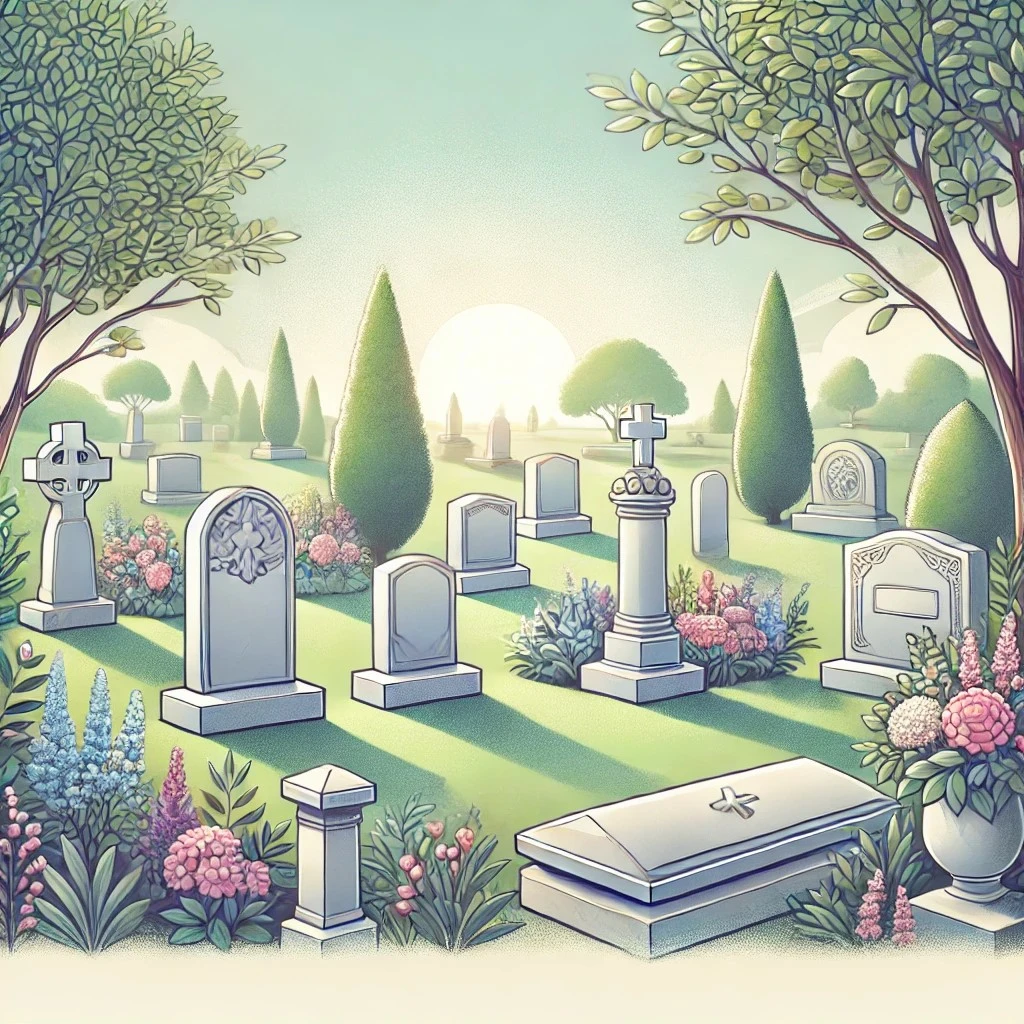
ARTICLE SHORT NAMING THAT WILL BE USED AS TITLE THAT PEOPLE
WILL CLICK AND MOVE TO THE ARTCLE:
“Discover the Different Types of Headstones and
Memorials”